
The Asian longhorned beetle (Anoplophora glabripennis) is a wood-boring beetle believed to have been introduced into the U.S. on wood pallets and wood packing material in cargo shipments from Asia (the beetle’s native range includes China and Korea). Asian longhorned beetle (ALB) larvae bore through wood of a wide variety of hardwood species, most notibly maples, elm, horsechestnut, willow, sycamore and birch. ALB boring phsycially weakens the trees and disrupts sap flow. Branches with boring damage are more likely to break off, creating a public saftey hazard. Trees will eventually be killed by ALB boring damage.
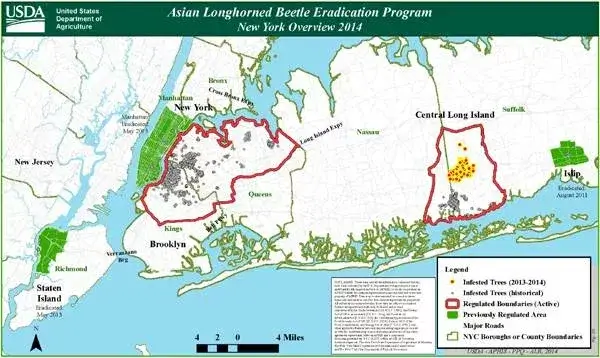
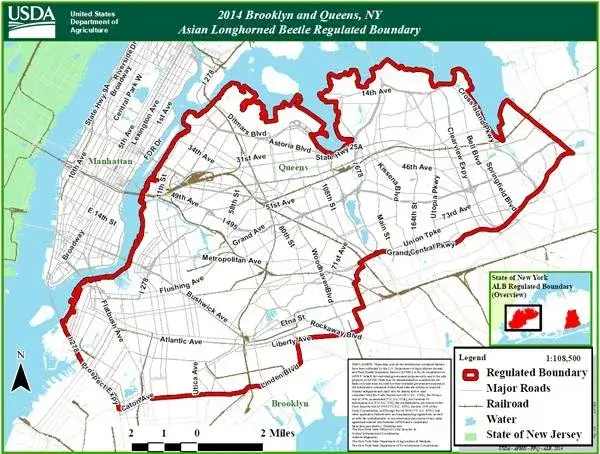
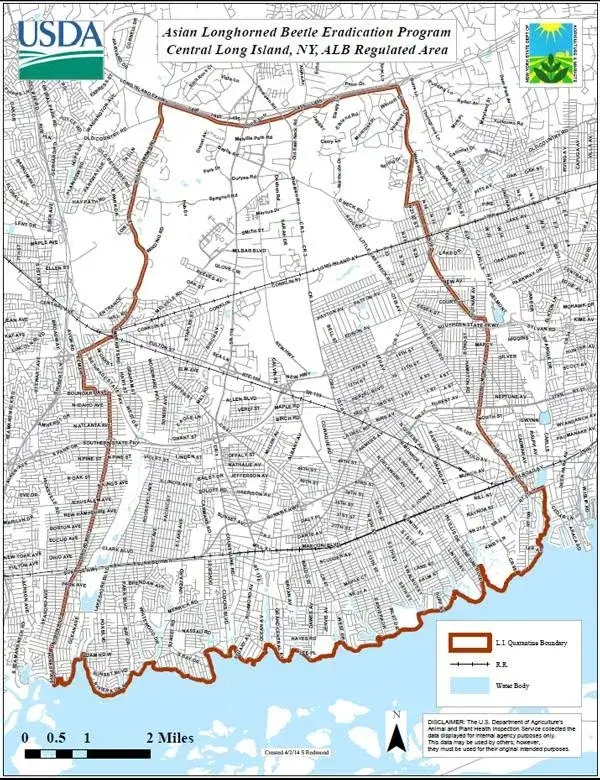

Asian longhorned beetle adults can reach 1½ inch in length with very long antennae (reaching up to twice the length of the insect’s body). The beetle is shiny black with small, irregular white markings on its body and antennae. Adult Asian longhorned beetles are active during the summer and early-autumn months. After mating, females deposit their eggs in depressions chewed into the bark of hardwood trees (females can lay 35 to 90 eggs in a season). After hatching (typically 10-15 days), beetle larvae feed by tunneling under the tree bark into the cambium (fresh sapwood) for several weeks. The larvae then tunnel into the xylem (heartwood) were they feed through the winter, forming galleries in the trunk and branches of infested trees. Adult beetles chew their way out through round holes approximately 3/8 inch in diameter, emerging from June through October (presence of the adult emergence can often be detected from sawdust around and beneath these holes, and by sap oozing from the holes).
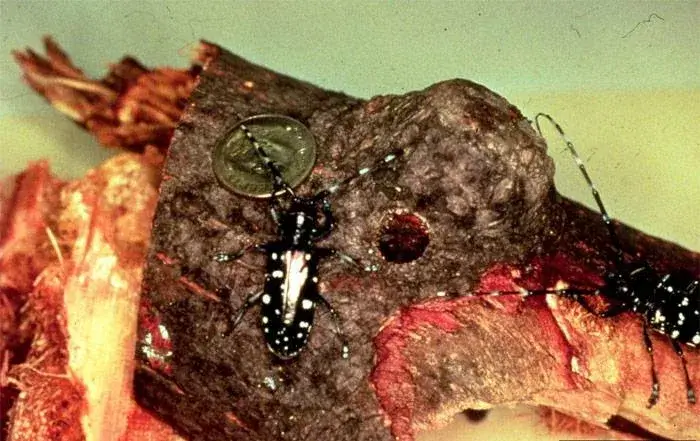
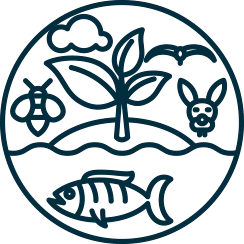
Asian longhorned beetles prefer such hardwood trees as: red maple (Acer rubrum), sugar maple (Acer saccharum), boxelder (Acer negundo), Norway maple (Acer plantanoindes), sycamore maple (Acer pseudoplatanus), silver maple (Acer saccharinum), horsechestnut (Aesculus hippocastanum), willows (Salix spp.), and American elm (Ulmus Americana). They will also attack birches (Betula spp.) and sycamores (Platanus spp.).

Asian longhorned beetle gallery development and exit holes weaken the integrity of infested trees and can eventually result in death of severely infested trees. It is theorized that if the beetle spreads beyond its current North American range, millions of acres of hardwoods could be killed, potentially causing more damage than the combined impact of Dutch elm disease, chestnut blight, and gypsy moths. National and State forests, parks,and private backyards could be impacted, as could such forest dependent industries as lumber, maple syrup, house and furniture manufacturing, and commercial horticulture nursery stock.

